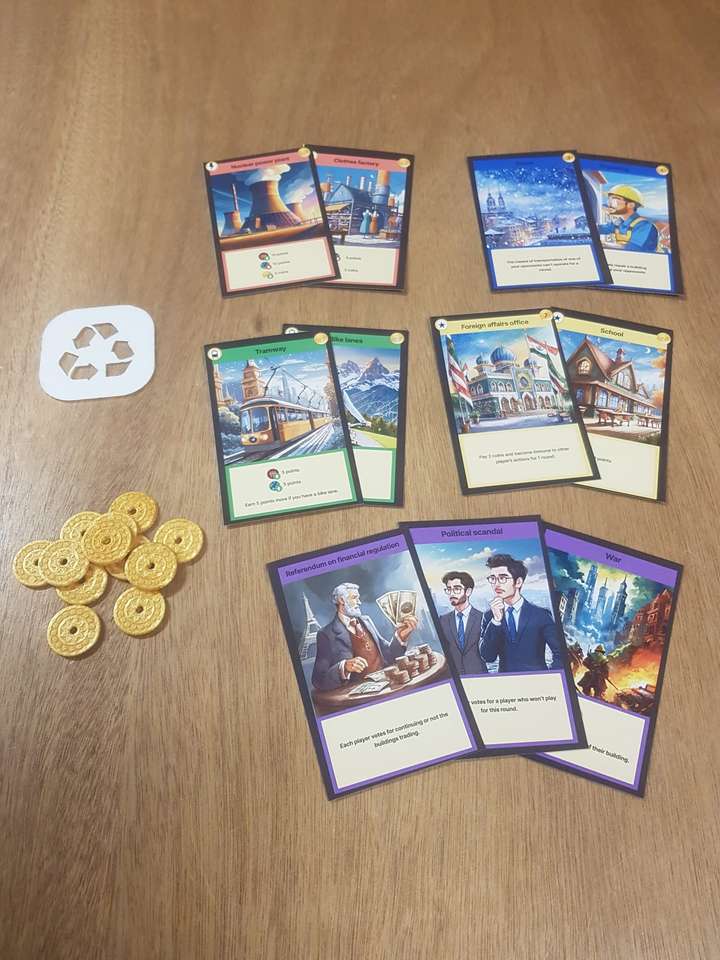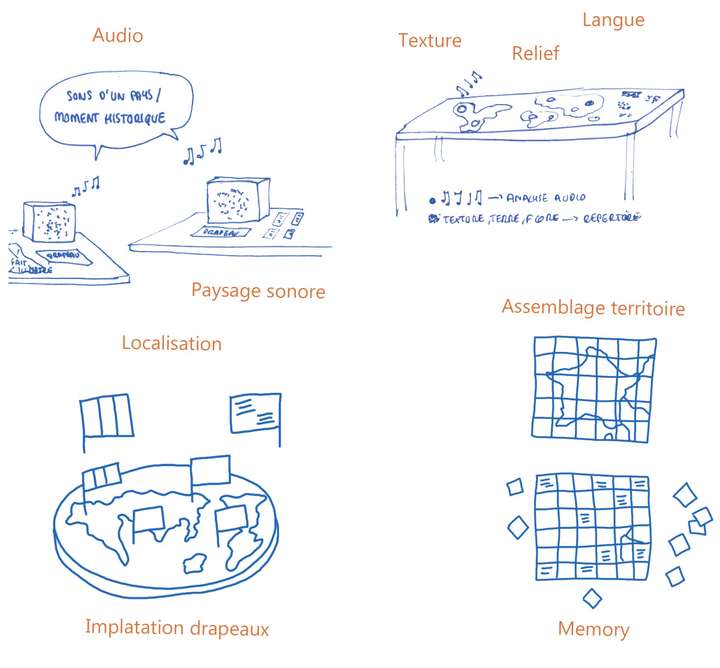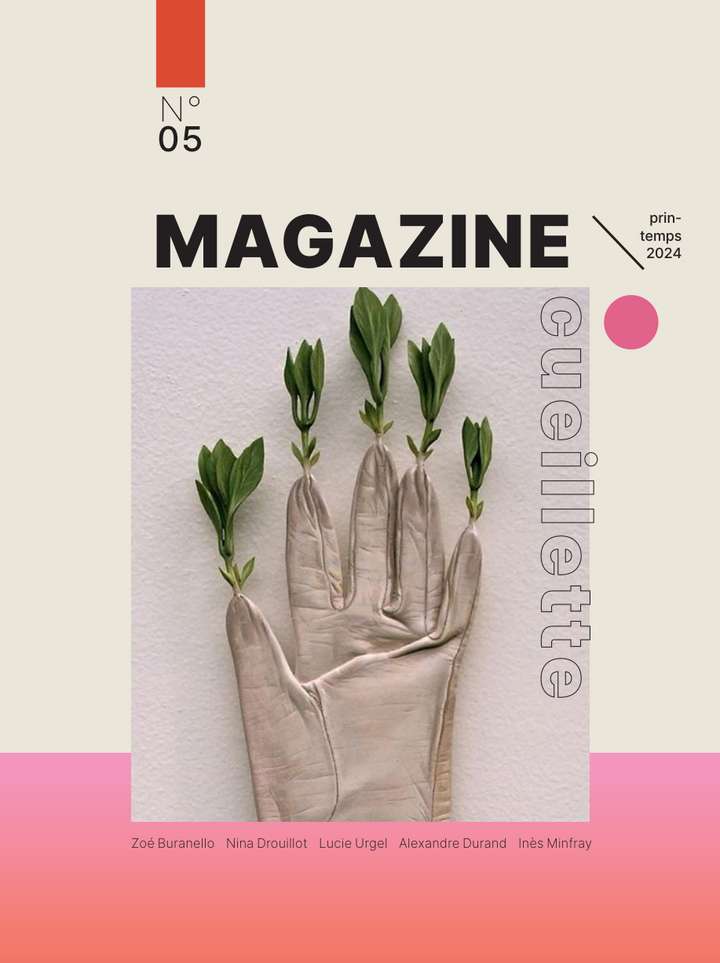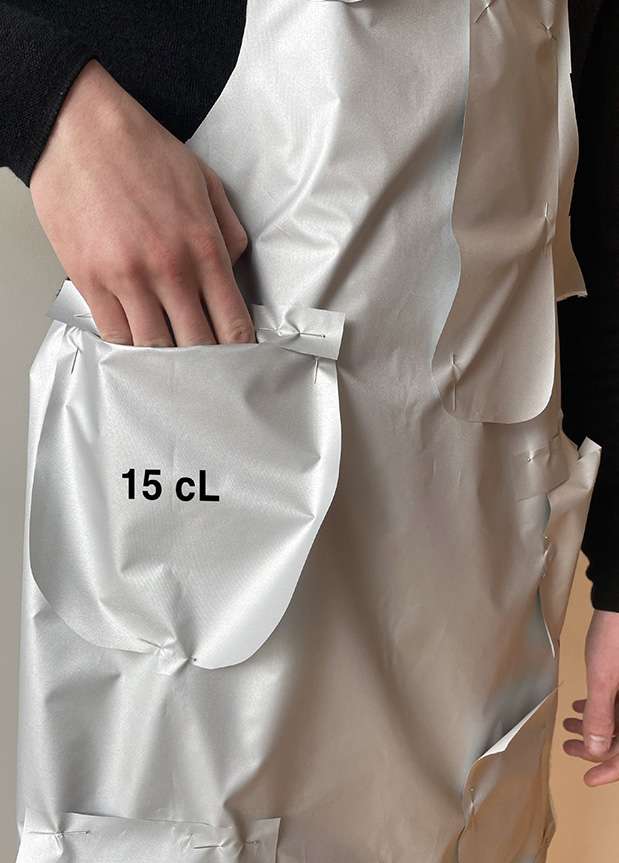Systemic and collaborative practices in design
Teacher(s)
Goals
Using a "framework for systemic design", created to help rationalize creative processes, making it easier for a group to collectivelly design something (interactive devices, practices, games, objects...) that can represent a significant contribution to solving a real-life problem, in addition to integrating the personal and professionnal aspirations of every member of the team
Institution and classes
- Master Innovation et Transformation numérique & Master Entrepreneuriat, Design, Innovation (IEP Science Po Paris)
- Recherche en design (ENS)
Number of students
7 from Science Po and 14 from ENS
Duration
28h in Science Po and 24h in ENS
Theoretical and practical grounds
User-centered design, complexity, contributive practices, research methods, design thinking
Equipment (rooms, tools, materials, software...)
Knowledge to acquire
History of interaction design. Introduction to the philosophy and practices of complexity (cybernetics and systemics), embodiment (phenomenology, enaction) and collective intelligence
Skills to develop
Using the scientific methods, tools and games of design thinking, and the practices of collective intelligence (consent-based decision making, non-violent communication, storytelling, auto-organization...). Drawing a systemic description of everything that is related with the topic of interest of the group, what is important for each member and what they want to design
Presentation of some productions
Hugues Homascastelnau, Lucie Van, Agathe Renaud, Haibata Diakhite, Alina Sarzhanova, Alexandra Pilipyuk and Karyna Serheieva created a card game about the impact of political choices on the resilience of societies
Context : Gaming / playing are very popular. At a time when some people mostly care about the impact of collective decisions on their feelings, but are not always interested on their impact on the ecological threats that can happen, and our abilties to survive them
Goal : designing a game that allows players to actively experience the consequences of a large variety of collective and political decisions, on both people's satisfaction and the ecological situation
Position and proposition : the players must gain "natural impact points", representing the positive effects of their decisions on the ecological situation, and "citizen satisfaction" points, representing how people appreciate their choices. They choose a character that has advantages and a drawbacks on their future political decisions. For example, one is appreciated for its ecological orientation but loses points when she/he has to build non-essential industrial or productive facilities. One is taking more money from finance to develop her/his region, but is less appreciated by citizens. Every turn starts by drawing an "external event" card, before all the players can play their "actions" and "building construction" cards, representing their political choices and orientations
Dziyana Tarasenka, Marie Butard, Wonjin Park and Carla Barreto proposed several multimodal devices to improve the learning of geographical knowledge
Context : active methods participate to improve learning and memorization, and the learning of geography is often difficult, especially for children
Goal : designing playful sensorial devices for learning geography
Position and proposition : the design choices take into account several issues and challenges, including the fact that children can lack concentration, present a diversity of social and cognitive conditions, or the fact that teachers often lack pedagogical or financial means, and are often understaffed. The design choices made by the team are informed by a large bibliography on games for education, and what has been done specifically for geography
Validation : the team designed a protocol to validate the needs with the teachers, and the use of every device they created
Zoé Buranello, Nina Drouillot, Lucie Urgel, Alexandre Durand and Inès Minfray designed a practice and device to build a conscious relationship to plants
Context : on the one hand, students can lack money to buy good food products, as well as occasions to physically connect with other students. On the other hand, plants can be easily grown and are very nutritious for humans, but we often know only some of them, don't know which ones can be eaten and how to grow them
Goal : creating a device and practice to help students access good food, by helping them develop their hability to feed with wild plants, and care about them to ensure that it will continue to exist as a sustainable source of food
Position and proposition : we can collectively take care of plants, and harvest some of them in nature. It's entertaining, creates social links, and represents an opportunity to develop common knowledge. The device proposes to link three complementary activities: acquiring knowledge about plants and specifically the edible ones ; finding, harvesting and growing them in the wild ; developping skills to cook them. The team mostly worked on an apron with multiple internal and external pockets. External pockets allow to transport some compost and seeds from home in order to feed wild plants. Internal pockets allow to harvest some edible plants and bring them back home for cooking. But the team proposed a full set of collective activities and devices, complementary with each other: contributory and interactive lists of recipes to cook with edible plants found in nature, maps to locate edible plants, events organized in parternship with schools and universities in Plateau de Saclay, and some features resembling a social network, in order to help people get in touch and join each other when planing harvesting, growing or cooking sessions
Validation : the team designed a qualitative study protocol and a usability test to validate their design choices for their first prototype











